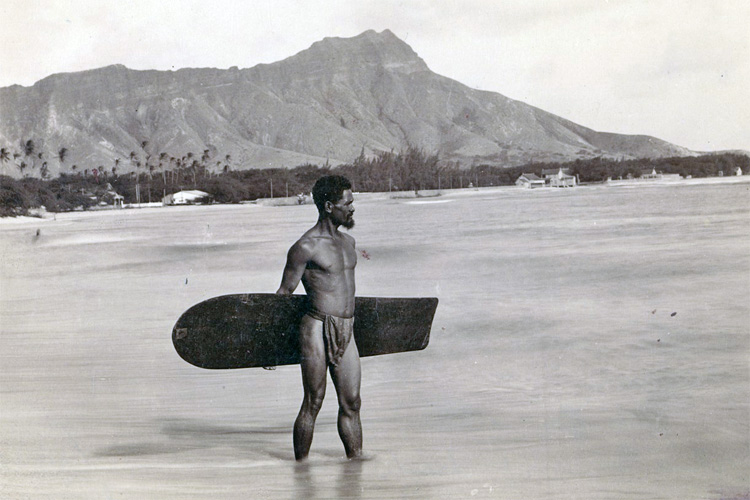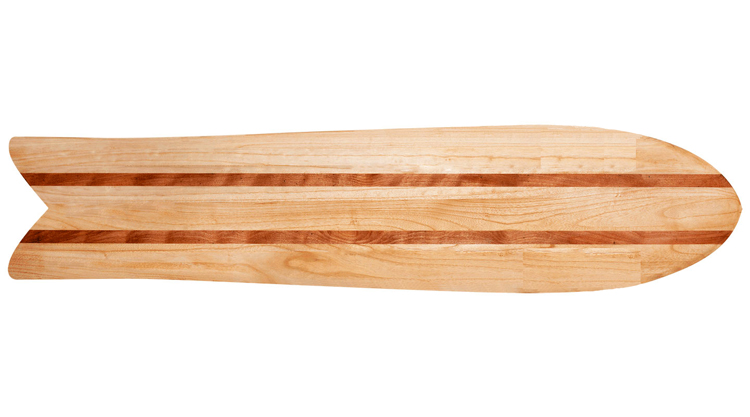Have you ever thought of shaping your own alaia? Learn how to make a classic surfboard out of solid timber in your backyard with our DIY step-by-step guide.
Alaias are sustainable, inexpensive, portable, simple, and fun to ride. They're a classical template for modern use.
They were already used as far back as 400 AD by the Hawaiian royalty as bellyboards and are characterized by their thin, round-nosed, square-tail template.
Originally, alaias were made of koa wood. They measured between six and eight feet and weighed 45 pounds.
According to surf historians, the alaia opened the way to surfing as we know it.
Ideally, you should build an alaia using paulownia wood, but you can also get a plank of redwood, cedar, pine, or balsa and make an impressive board from scratch.
An alaia is more than just a finless plank of wood. An alaia is a timeless surf craft that will allow you to live and enrich your surfing experience in an entirely different way.
So, invite your friends and family to join the production of your first alaia. You won't need many tools, resin, fiberglass, or complicated materials.
If you prefer, you can pre-order the blank and then just shape the contours and oil it. Your new wooden surfboard will be ready in the afternoon.

The Core Materials
- 5-12ft Paulownia Wood Plank;
- Waterproof Wood Glue;
- Boiled Linseed Oil and Mineral Spirits;
The Tools
- Sawhorses;
- Portable Jigsaw;
- Handplane;
- Electric Sander or Sandpaper;
The Shaping Process
- Glue the Blank (optional): glue the stringers and three or more thin planks and let them dry overnight. Alternatively, you can buy a single plank of wood and skip to step 2;
- Draw and Cut the Outline: follow the classic shape and start cutting, but make sure you don't cut inside the lines;
- Plane the Blank: use a block or an electric planer to remove the excess wood and smooth it. The center of the board should be around half an inch thick and gradually reduced to a quarter inch along the rails;
- Sand the Board: gently sand the rails by hand with fine-grit sandpaper;
- Oil the Craft: apply three coats of linseed oil and mineral spirits in a 50/50 ratio mix;
After testing it out in the waves, you can always make subtle adjustments or reshape it. Enjoy your new, homemade alaia in the summer surf.
Need inspiration. Watch "The Present."
